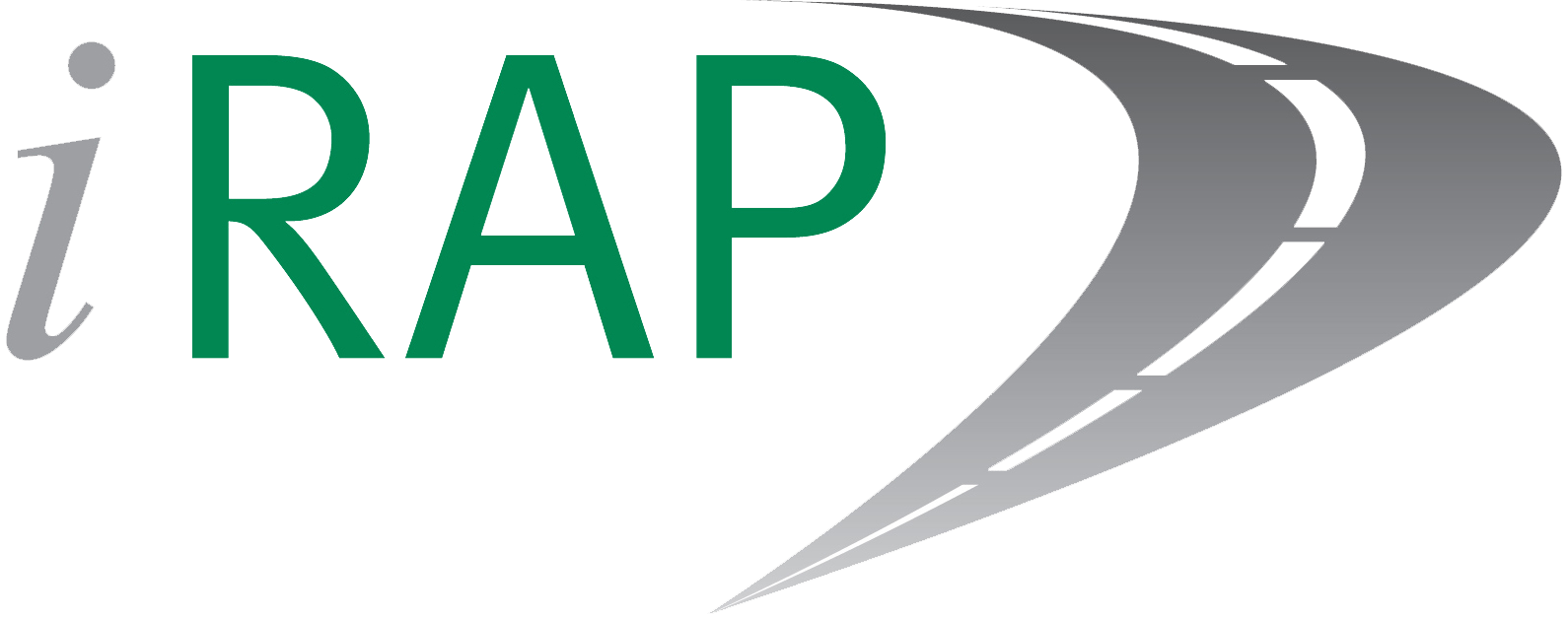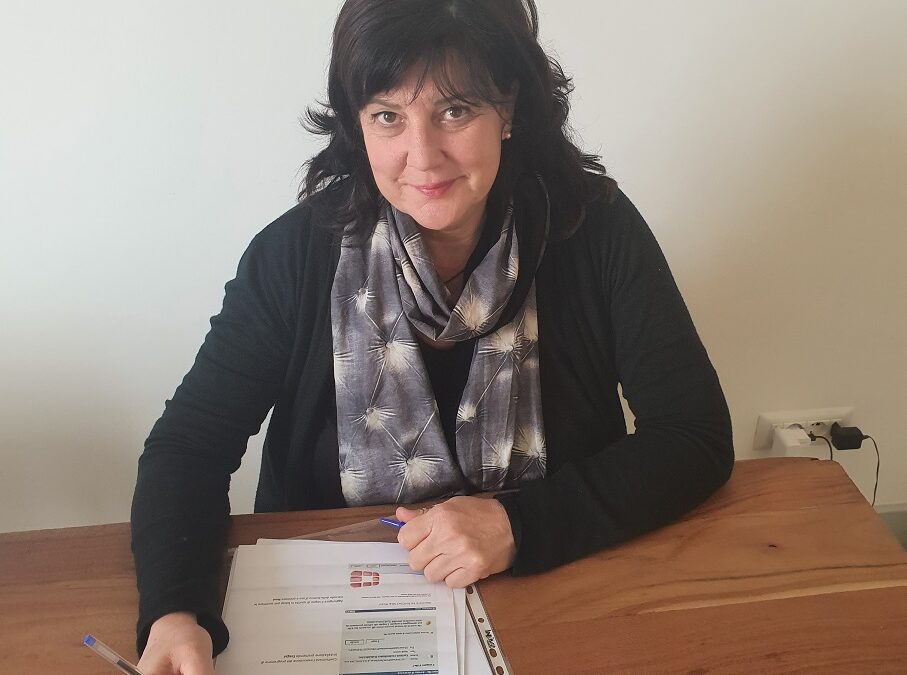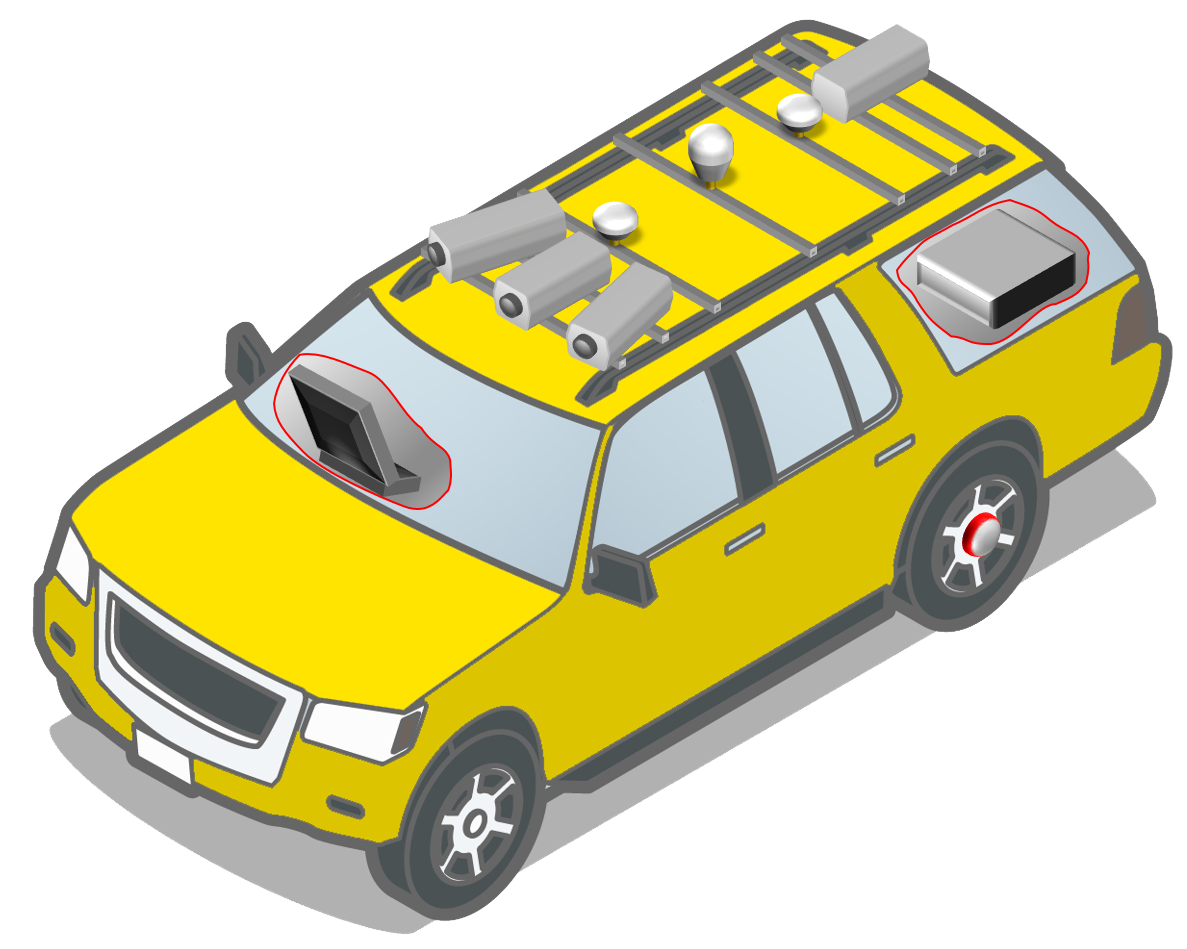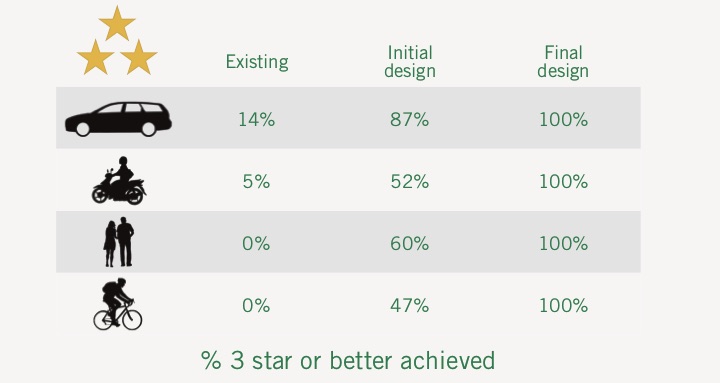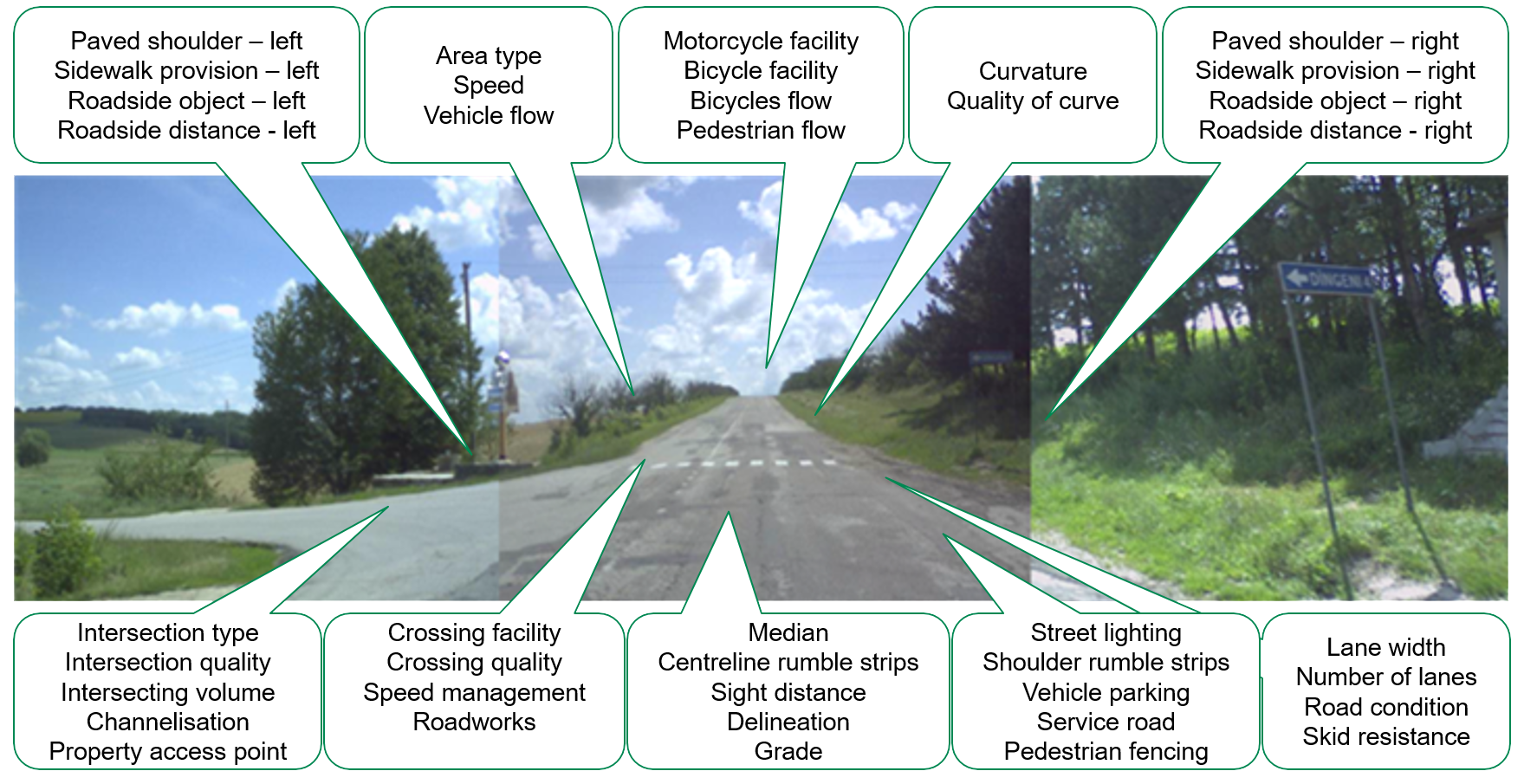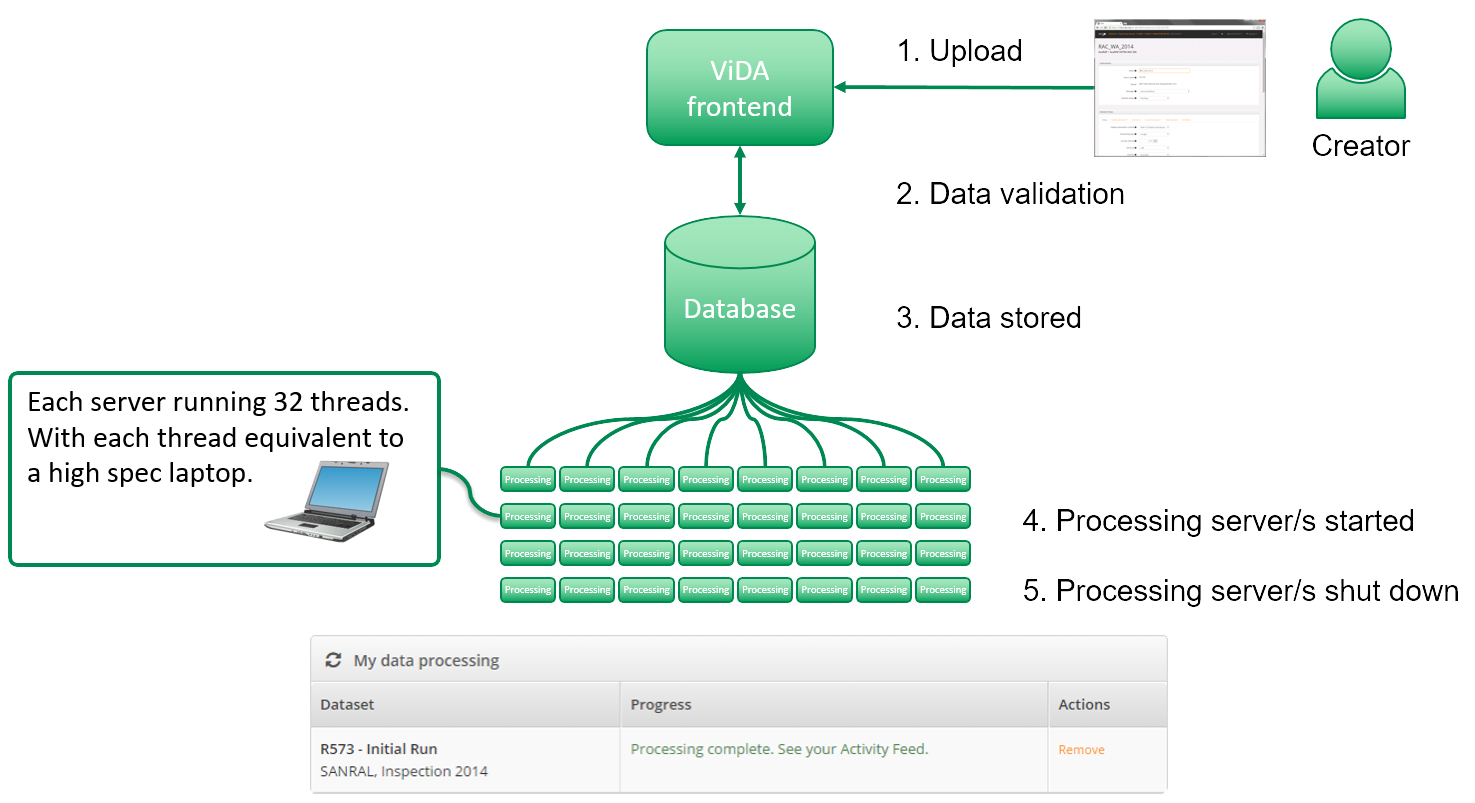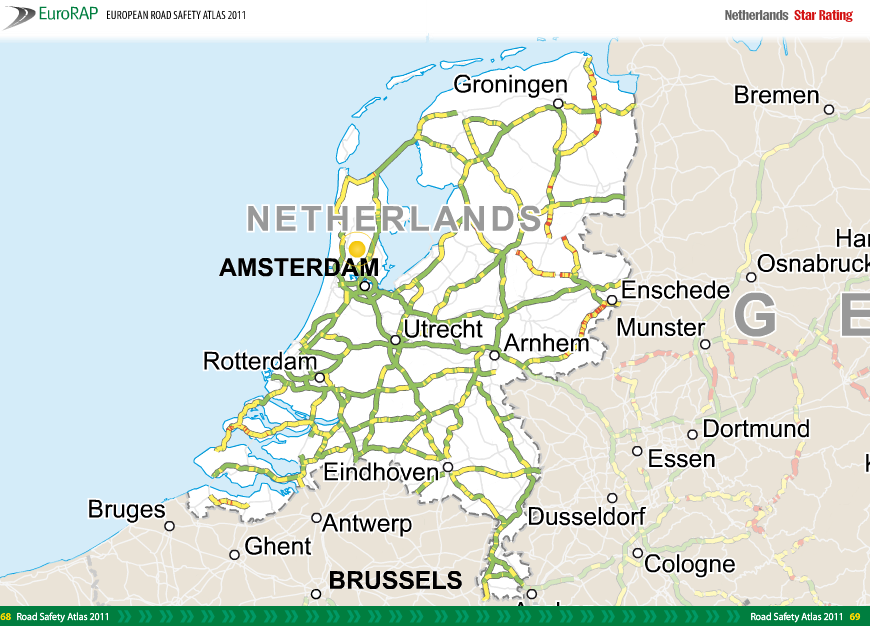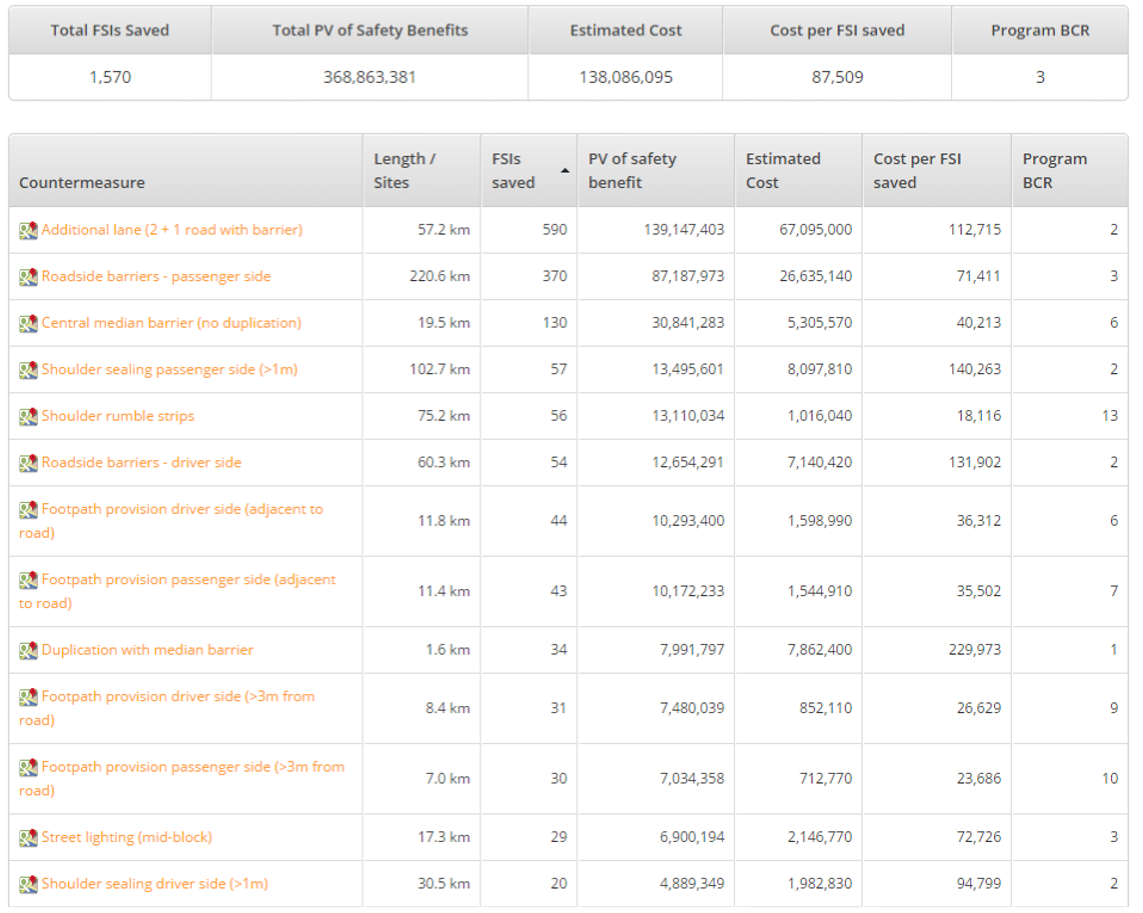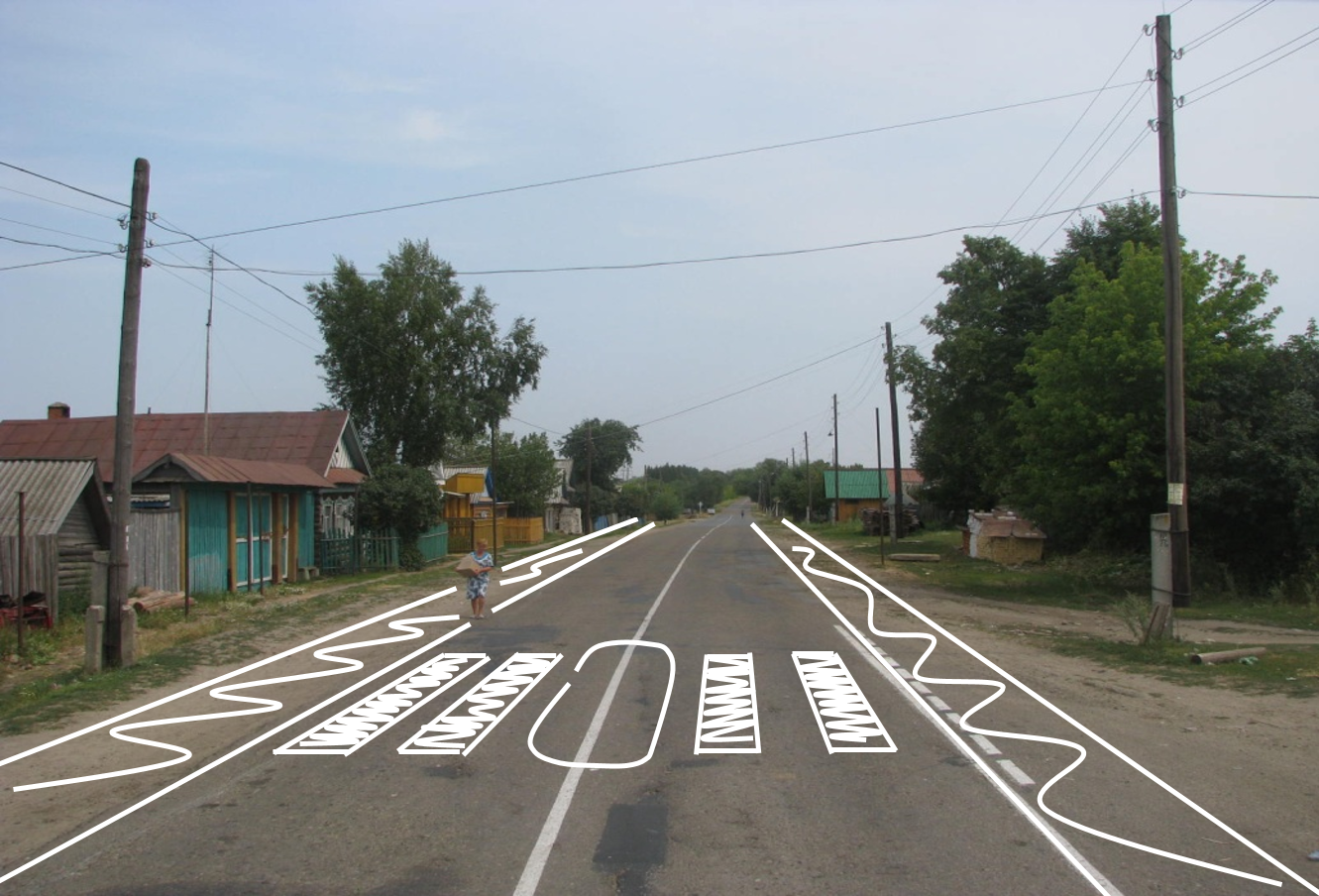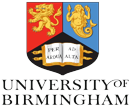- What is your current role and what is ANAS’ vision on road safety?
Back in 1996, as soon as I finished my PhD in environmental hydraulic engineering, I started working at Anas, the company that is responsible for the construction, management and maintenance of the national road network.
At Anas I had various responsibilities, including the management of a road maintenance centre, construction supervision and new roads design.
In 2015, on the basis of a deep company reorganization, I moved to the Operation Department, where I was in charge of coordinating the activities related to the inventory, the technical and administrative classification of the network, the transport analysis supporting the various company functions and the unit in charge of traffic and road safety.
Thanks to my previous experience, and in particular to the problems faced in the drafting the feasibility studies, I decided to redefine the section relating to road safety.
In particular, thanks also to the expertise and skills of the engineers who work with me, we have created a new unit called ‘Safety Analysis and Plans’, which carries out the activity described in the guidelines of Legislative Decree 35/2011 on “Road Infrastructure Safety Management”, with particular reference to the analysis of geometric and functional characteristics for the identification of high accident sections.
The idea of this new unit was born also thanks to the knowledge of the EuroRAP protocol and to the continuous evolution of the regulations on road safety management, in particular the RISM directive that in its latest version establishes that the assessment of the safety level of a road infrastructure is not made only considering the points with the highest concentration of accidents (black spots) but more generally considering a series of characteristics of the infrastructure itself.
- Could you tell us a bit more about the involvement of ANAS in the SLAIN project and the recent results of Crash Rate Risk Maps?
Anas is involved as a partner in the SLAIN project and is particularly committed to Risk Mapping and Star Rating activities that I believe are very important for a Road Authority to plan the actions needed to improve the road network safety, even after the project itself.
In this perspective, the project gives us the opportunity to test EuroRAP protocols on a quite large portion of our network – the TEN -T network – and to acquire the technical know-how necessary for their application on the whole network under Anas management.
The first completed step of the project foresaw the elaboration of risk maps on the basis of incident data related to the period 2015-2017. It has provided interesting results.
It was possible to identify which are the sections with the highest risk both in terms of accident density (collective risk) and accident risk rates per vehicle kilometre travelled (individual risk), which fortunately represent a rather low percentage of the TEN-T network under ANAS management.
More detailed analyses will be carried out on these sections and, also with the support of the results of the next Star Rating, it will be possible to identify safety improvement measures.
- Why did you choose to partner with EuroRAP? What does EuroRAP offer to you?
We met EuroRap through the Automobile Club d’Italia (ACI), member of EuroRAP since 2004, and after the meeting in Barcelona in June 2017, having appreciated EuroRAP’s approach to road safety, the willingness to collaborate and share experience, I decided to submit Anas’ adhesion to the organization to the Top Management.
We consider the collaboration with EuroRAP to be extremely useful, in fact, the modifications introduced to the European directive on road safety management (RISM II) require the adoption of a network-wide road safety assessment methodology through criteria and parameters that have a significant correspondence with those provided by the Star Rating. Therefore the contribution of EuroRAP may be important in the definition of the methodology that Italy will decide to adopt.
- Could you share a 6-word story about what EuroRAP is or has done for you – Example – Europe of Free high-risk roads – that is the current mission.
Sharing of knowledge for improving road safety
